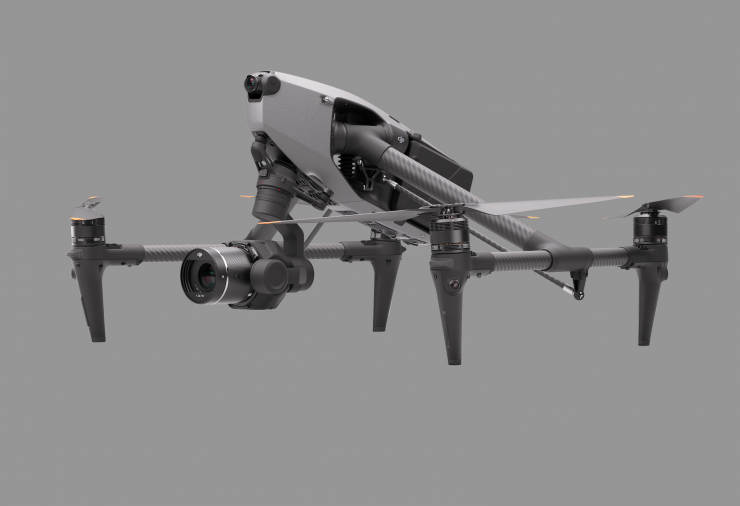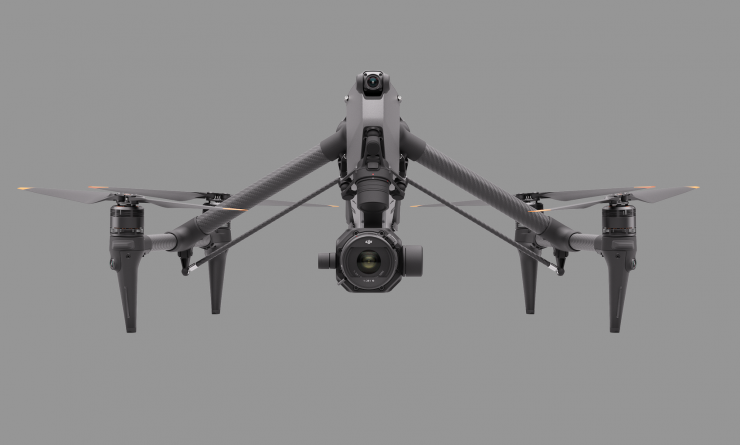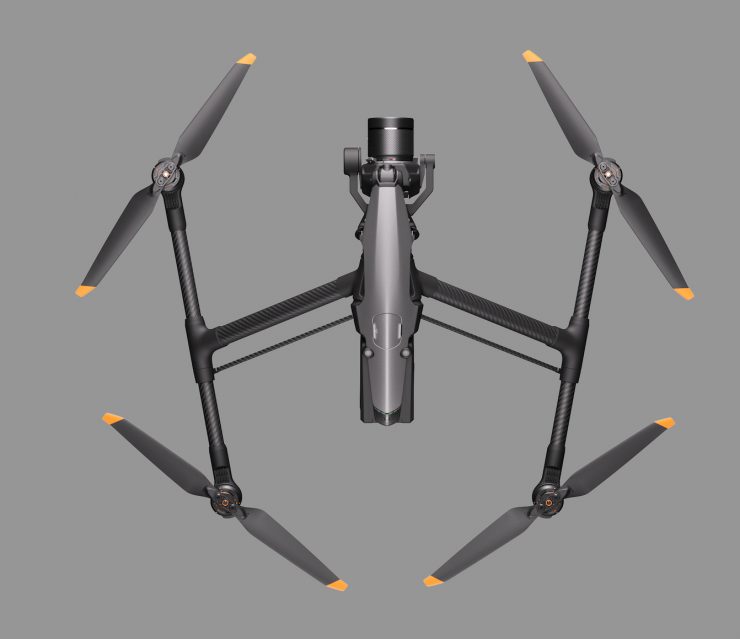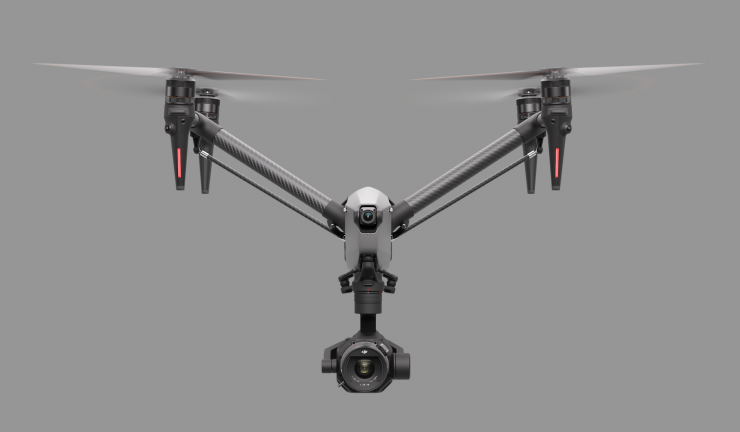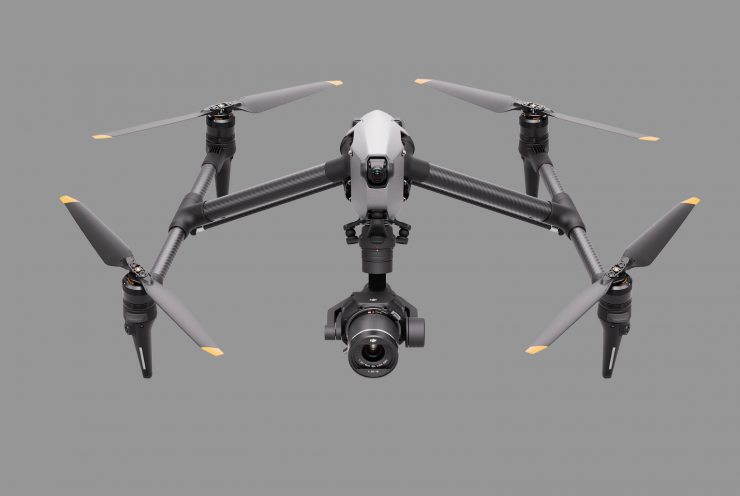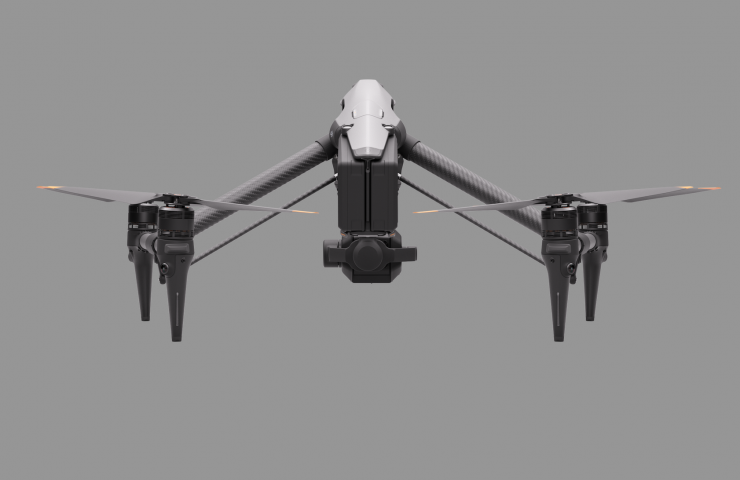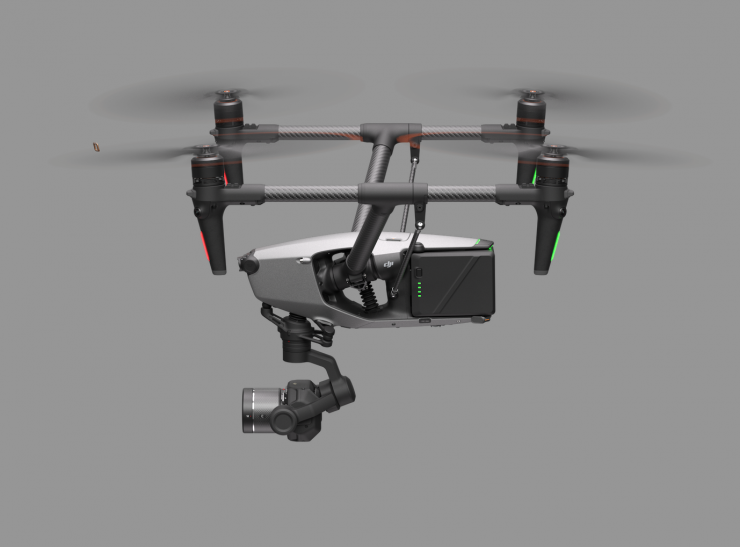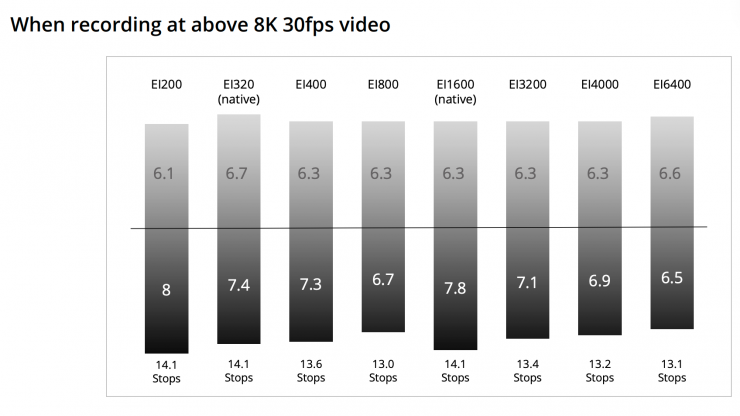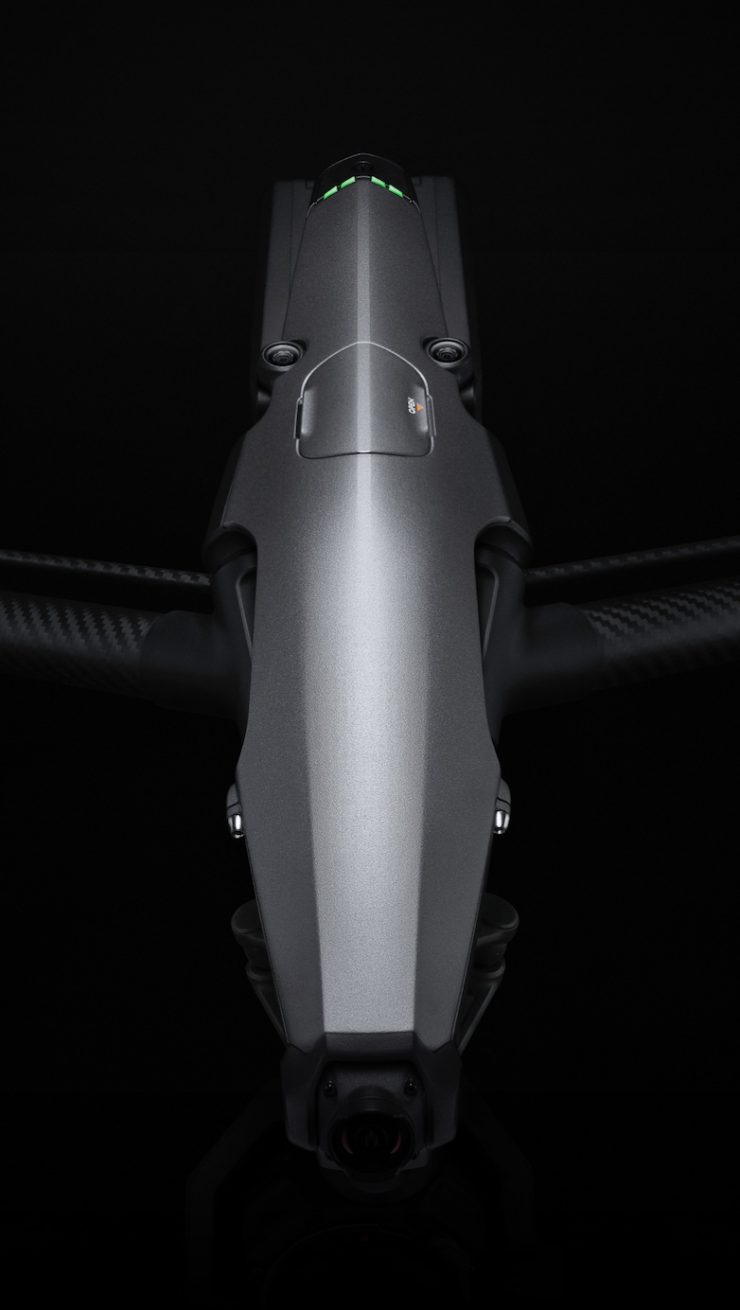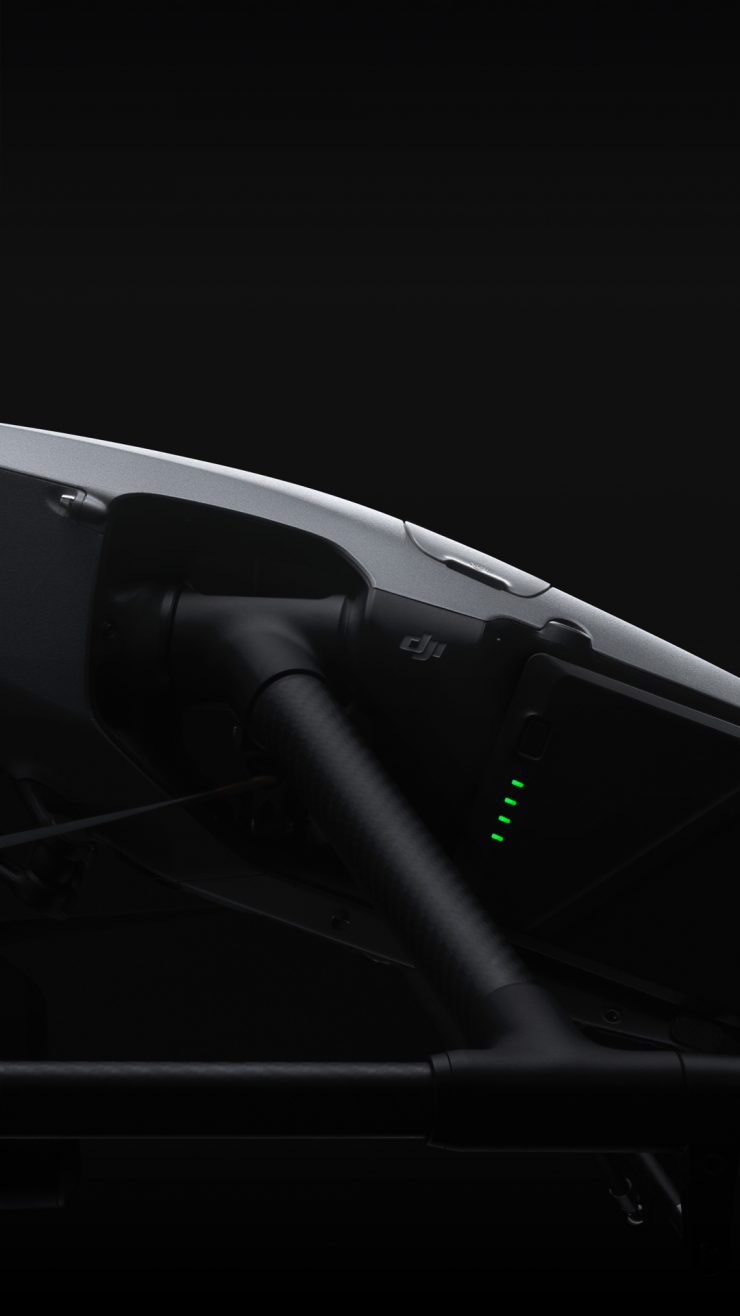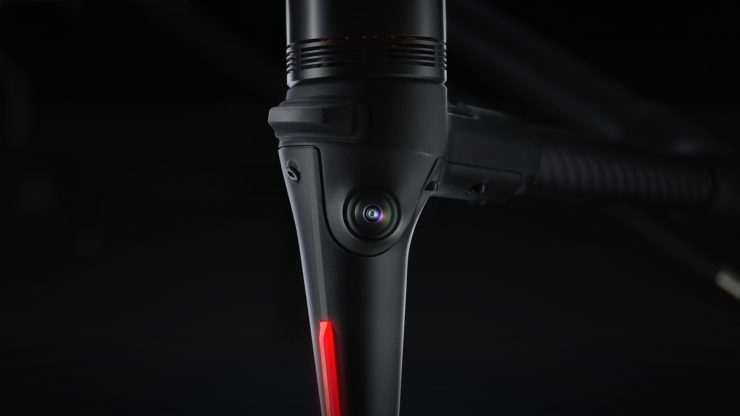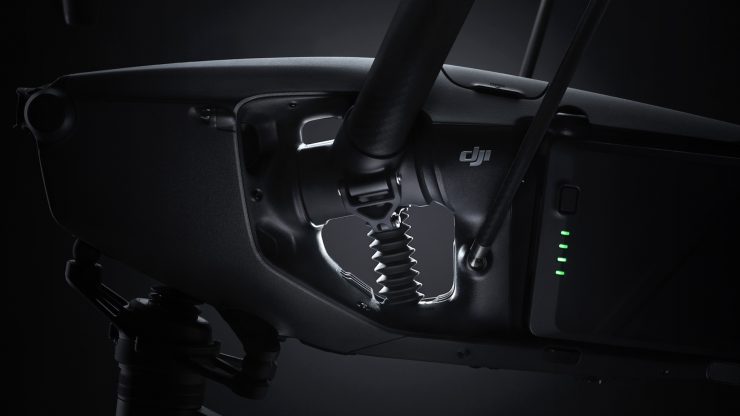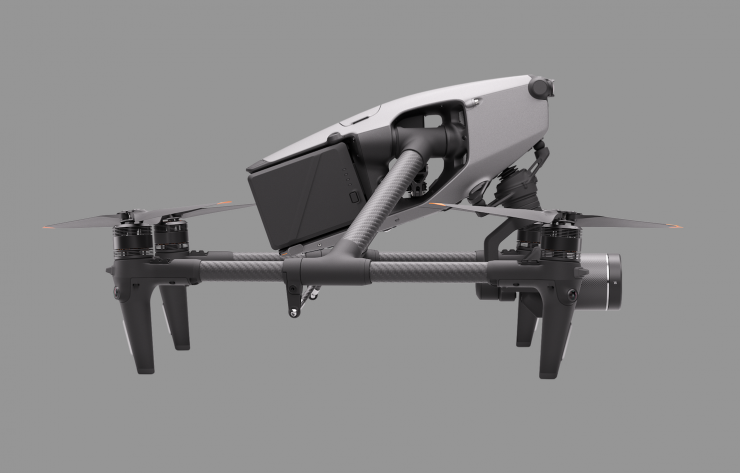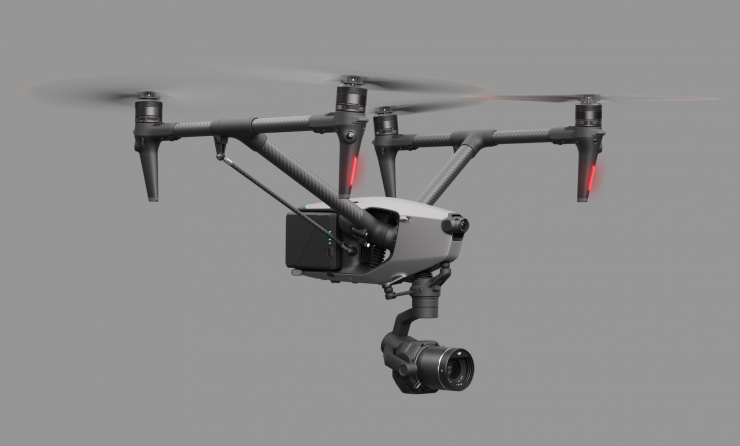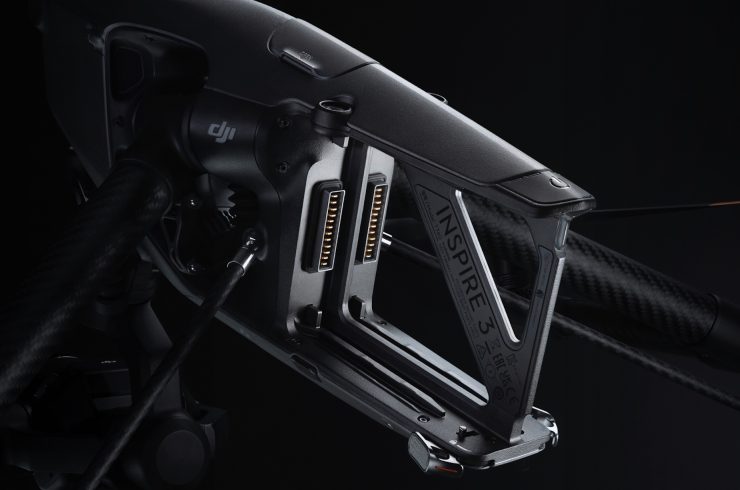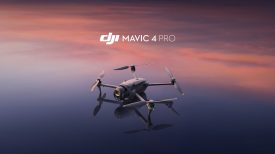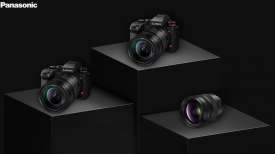After a long wait, DJI has finally announced the new Inspire 3. The Inspire 2 has been available since November 2016, that’s almost 6.5 years ago! I think a lot of Inspire 2 owners were beginning to think that the Inspire 3 would never happen, especially since leaked images of a possible replacement have been floating around for years with no announcement in sight.
The Inspire 3 is being squarely targeted as a high-end drone that sits in between something like a Mavic 3 Cine and more expensive dedicated platforms that can carry large digital cinema cameras.
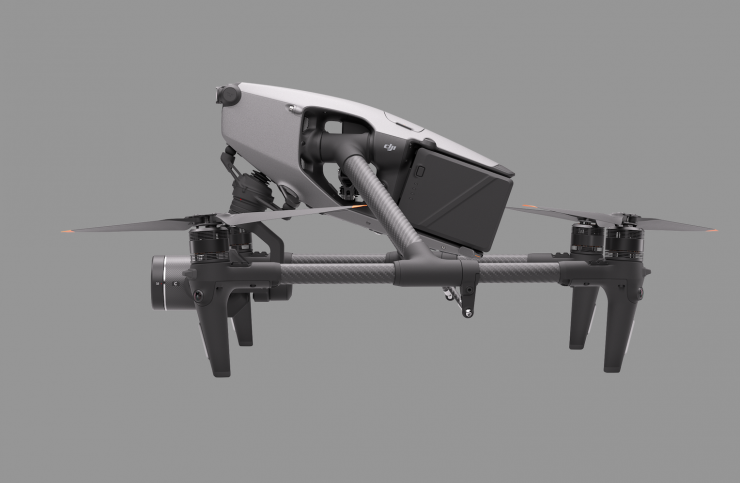
DJI states that the Inspire 3 is DJI’s only cinema-grade drone, that supports both RTK-powered Waypoint Pro and omnidirectional sensing.
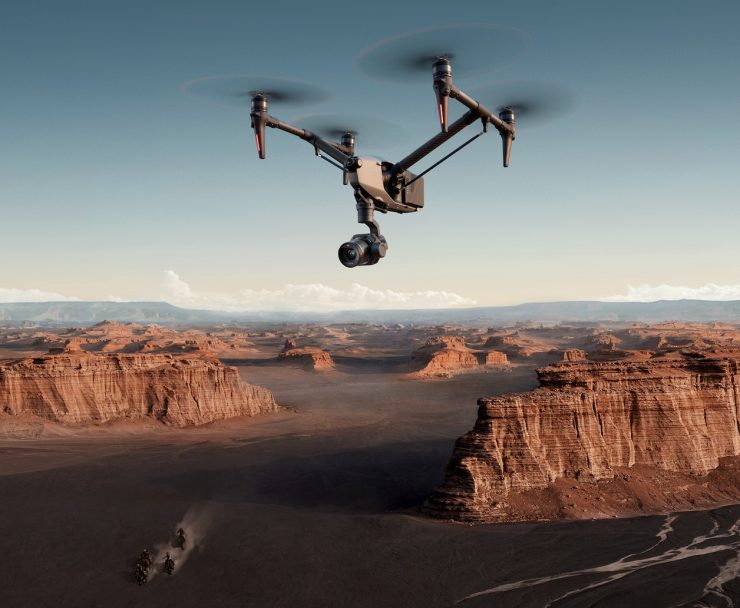
Key features
- 8K Full Frame Zenmuse X9 Camera
- 161° ultra-wide FOV night-vision FPV
- O3 Pro transmission and control system
- full Pro ecosystem
While drones such as the Mavic 3 Cine offer incredible results given their size and price, for a lot of serious drone operators, not being able to change over lenses made it a bit of a one-trick pony. While there is nothing wrong with a wide angle of view, some of the most dynamic drone shots come from using longer fixed focal range lenses. While the zooms lenses on some of the Mavic series have gotten better over the years, they still can’t optically hold a candle to dedicated optics.
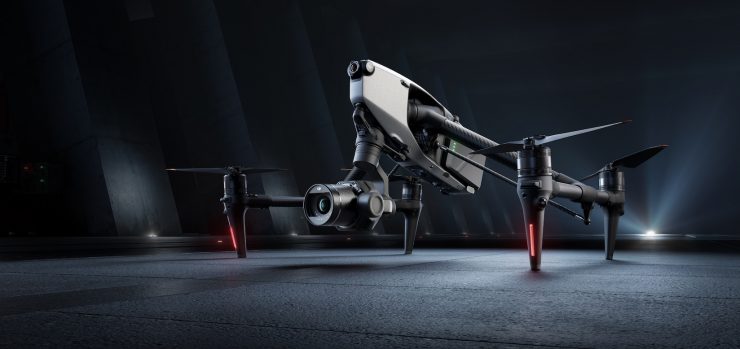
So, let’s have a look at what the Inspire 3 has to offer in more detail.
Camera & Sensor
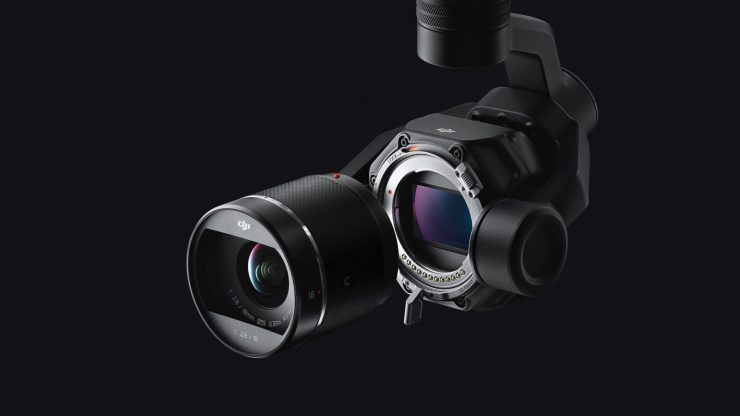
The Inspire 3 utilizes a Zenmuse X9 full-frame camera which DJI is calling the X9-8K Air. This looks to essentially be very similar to the camera that is found in DJI’s Ronin 4D 4-Axis Cinema Camera 8K Combo Kit. The Zenmuse X9 features a 35.4 Megapixel full-frame sensor.
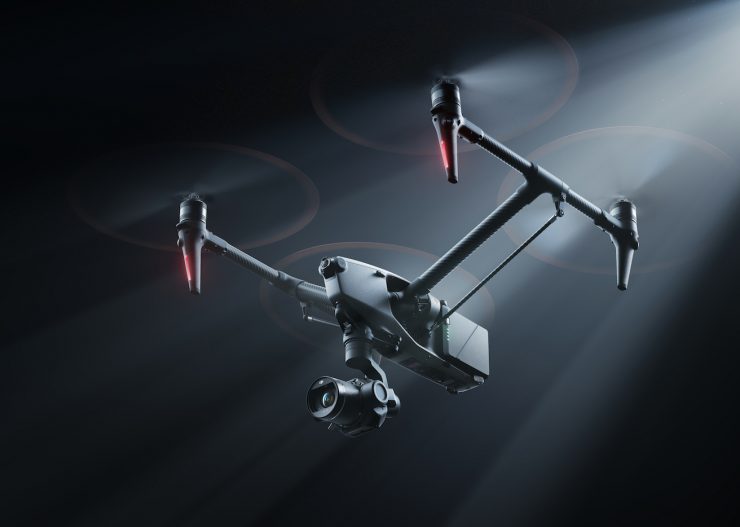
DJI’s latest image processing system, CineCore 3.0, supports internal recording of up to 8K/25fps in CinemaDNG video as well as 8K/75fps in ProRes RAW (8K/75fps Shooting video requires full-frame 2.4:1 aspect ratio and Apple ProRes RAW in S&Q mode). In S&Q mode, X9-8K Air supports internal recording of up to full-frame 4K/120fps ProRes RAW video without cropping.
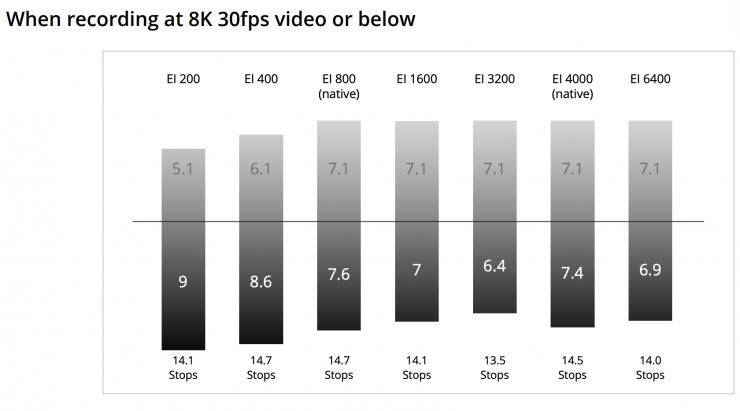
The camera has an EI 800/4000 dual native ISO when recording in full frame at up to 29.97p. The dual native ISO changes to EI 320/1600 when shooting in full frame at frame rates above 29.97p. The EI range available is EI 200 to 12800, and the Inspire 3 has a claimed dynamic range of 14+ stops.
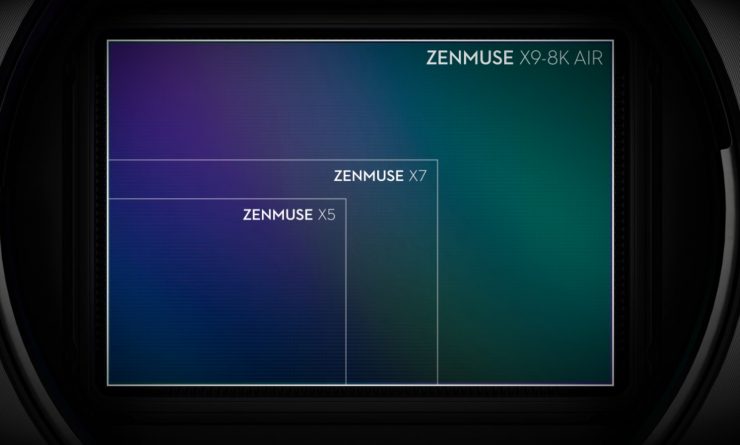
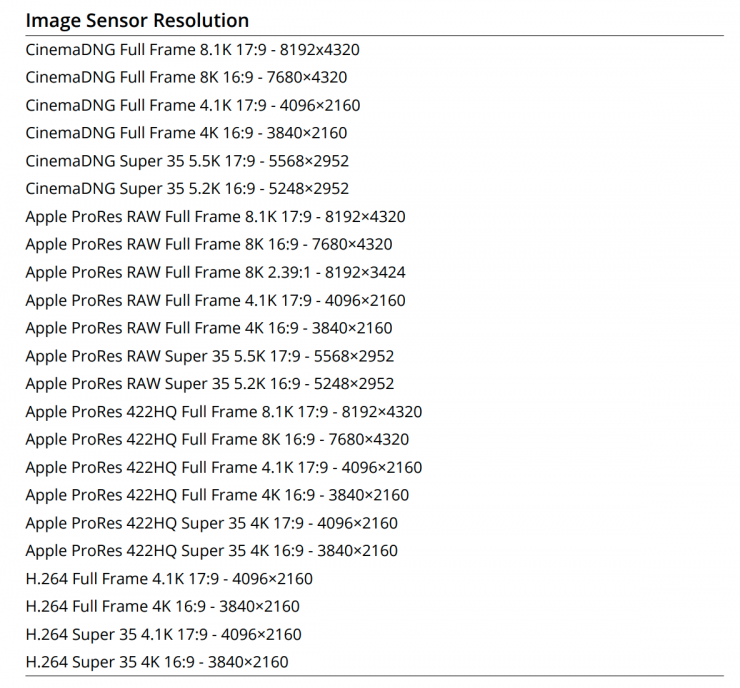
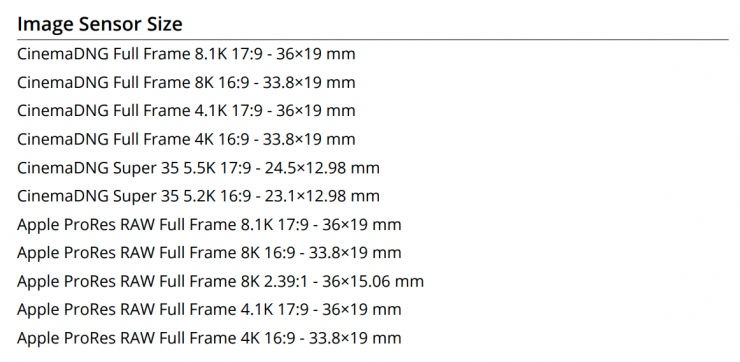
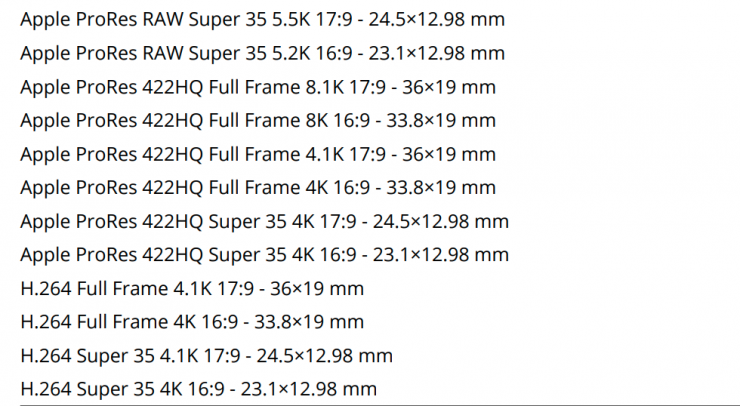
It would have been nice to see an interchangeable camera system where you could take the module from the Ronin 4D and put it on the Inspire 3 or vice versa. It is also slightly odd that the X9-8K Air camera doesn’t feature built-in ND filters like the Ronin 4D. There must be a reason for this.
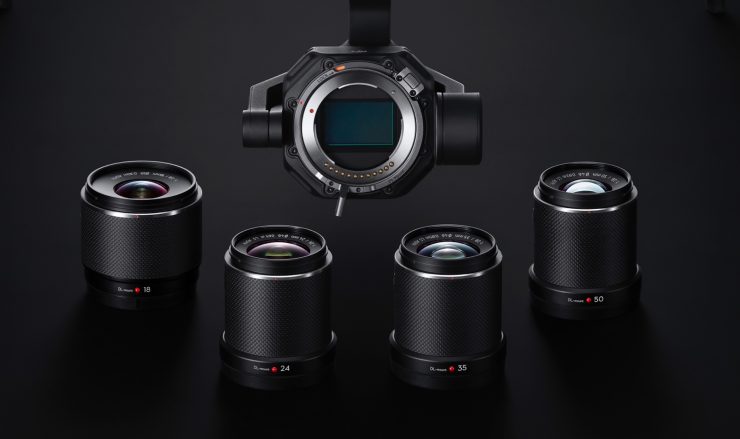
The Inspire 3’s DL lens mount supports DJI’s current selection of lightweight, carbon fiber 16, 24, 35, and 50mm lenses. You can capture in full-frame with all but the 16mm DL lens. Only the DL 18 mm F2.8 ASPH , DL 24 mm F2.8 LS ASPH, DL 35 mm F2.8 LS ASPH, and 50 mm F2.8 LS ASPH lenses are compatible. You can not put on other lens mounts like you can with the Ronin 4D.
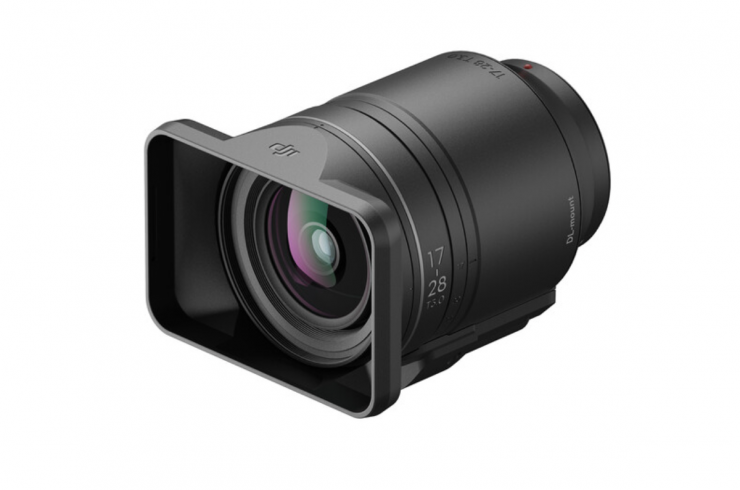
Lenses like the DJI 17-28mm T3.0 ASPH PZ Lens (DL) would have probably work well on the Inspire 3, but alas, it does not look like it is compatible. The built-in servo zoom motor could have been controlled from the ground which would allow you to create some very interesting shots in conjunction with drone movement. I imagine maybe the weight was an issue with this lens not being compatible.
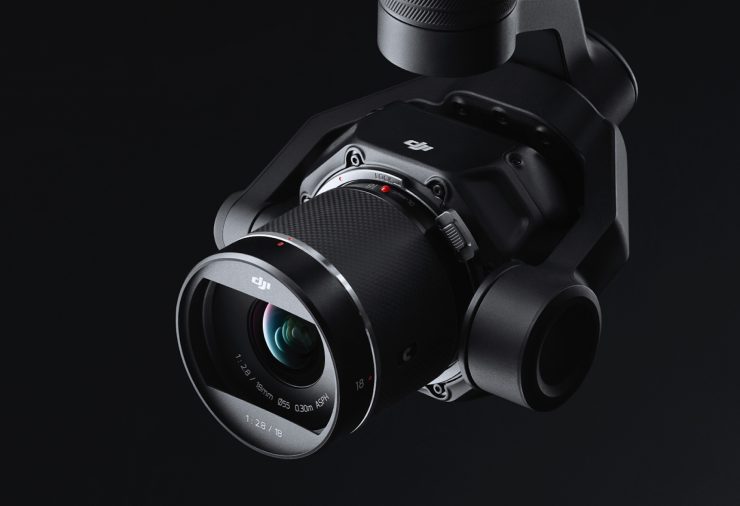
The X9-8K Air is also compatible with an additional 18mm F2.8 full-frame ultra-wide lens and a new telephoto lens specially made for 8K aerial cinematography.
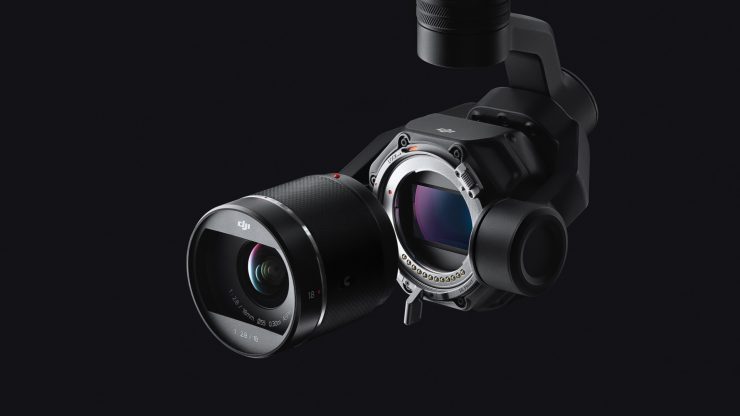
The Zenmuse X9, DJI’s full-frame camera, uses a proprietary chip for advanced processing and high-performance computing. The Inspire 3 uses the CineCore 3.0 system to support internal recording of Cinema DNG, ProRes RAW, ProRes 422 HQ, and H.264 video. Please be aware that to record in Cinema DNG or ProRes RAW you need to buy an additional License key.
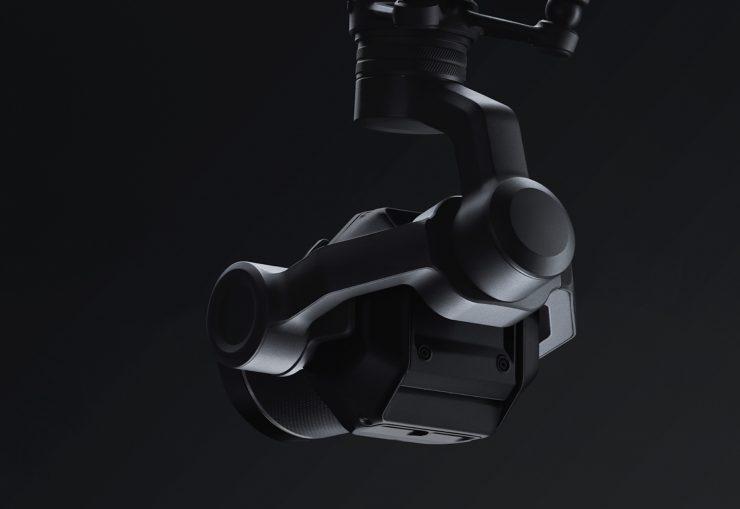
The DJI Cinema Color System (DCCS) is claimed to allow the X9-8K Air to retain authentic colors that redefine the look of aerial cinematography. This applies to natural settings and urban landscapes, and also accurately captures skin tones in different environments and lighting conditions. DCCS is said to provide effortless color matching between X9-8K Air and ground-based cinema cameras such as DJI Ronin 4D, delivering consistent color style from air to ground to meet the needs of film-production post-editing workflows.
The Inspire 3 can record the following:
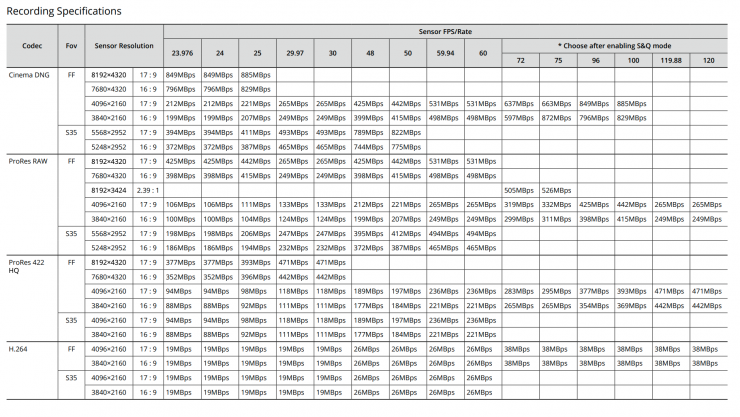
The Inspire 3 certainly offers a good array of recording resolutions and frame rates.
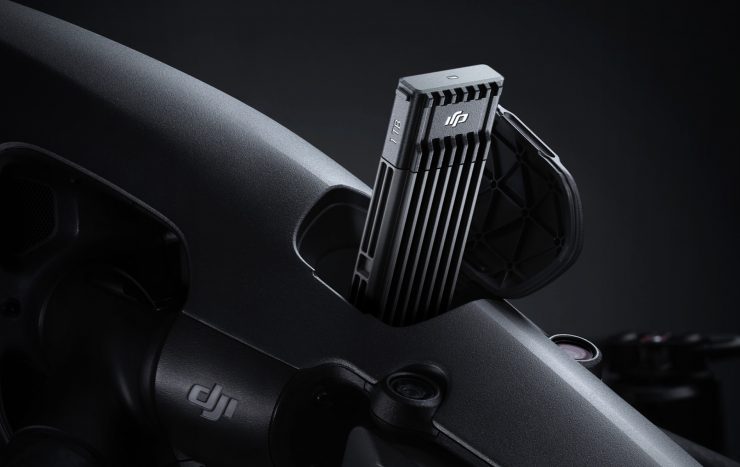
The included DJI PROSSD 1TB offers up to 1100MBps write speed and up to 900MBps read speed and can be connected directly to a computer via USB-C cable for easy file sharing.
What you need to keep in mind is the DJI PROSSD 1TB drives retail for $799 USD and you are probably going to need a few of them.
You can download sample clips here if you want to see what the image quality is like.
Design
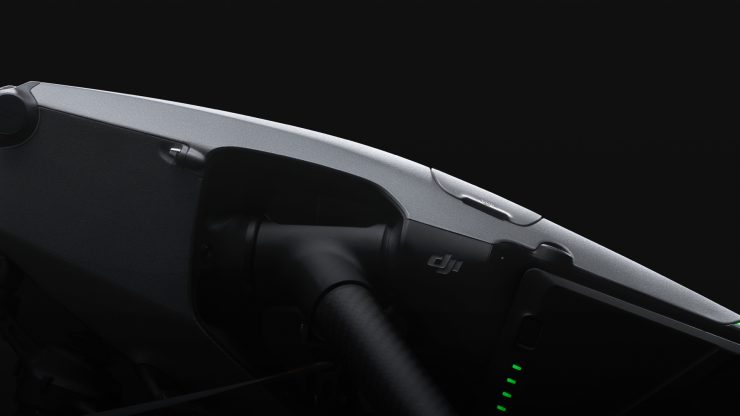
The Inspire 3 was completely redesigned and it features a lightweight, integrated body with a rigid, robust, and transformable frame.
The Inspire 3 weighs approx. 3,995 g (includes gimbal camera, two batteries, lens, PROSSD, and propellers). The maximum take-off weight is 4.31kg.
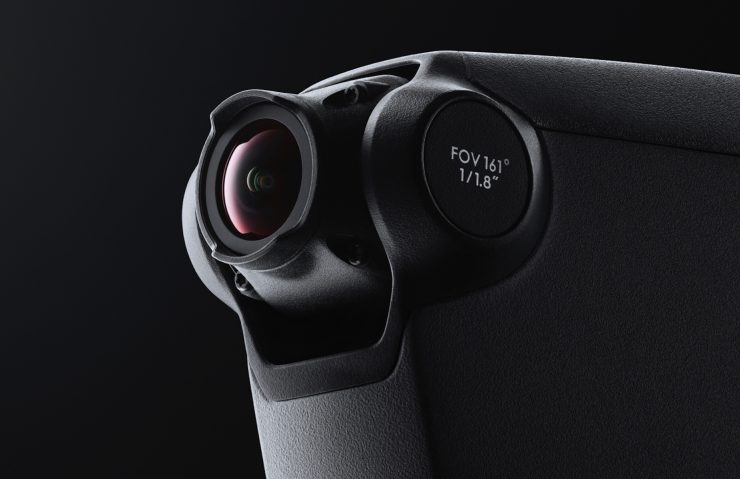
The FPV camera, visual sensors, positioning antennas, and storage card slot are integrated into the airframe for a minimalist look and modern industrial aesthetics.
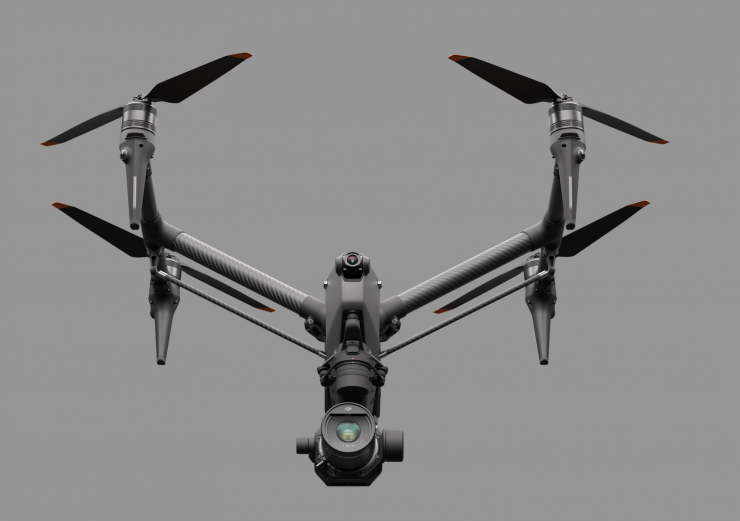
The all-advanced design supports the newly added Tilt Boost as well as 360° Pan structures. When the landing gear is lowered, the gimbal supports obstruction-free 80° upward-angle shooting.
Battery & Flight time
The Inspire 2 had a take-off weight of around 4KG with a camera attached. It required two Li-ion batteries to power it and the flight time was only around 23 minutes (with an X7 camera). While 23 minutes may have been ok back in 2016 that won’t cut the mustard in 2023.
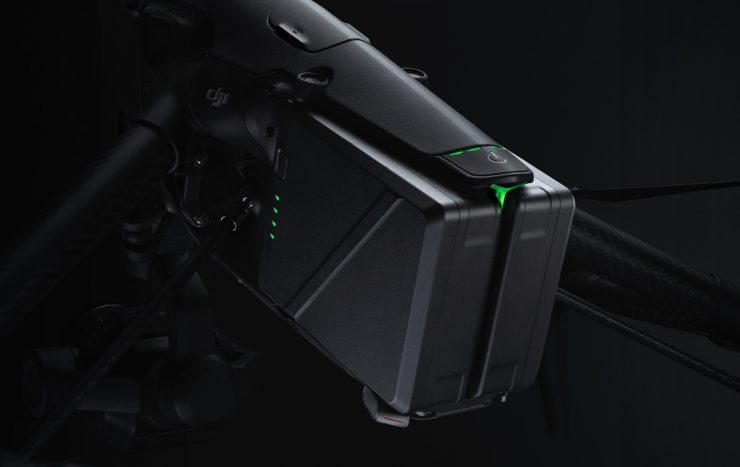
The flight time of the Inspire 3 using its all-new hot-swappable TB51 intelligent dual batteries is around 28 minutes. 28 minutes is still not a lot, but I think most people will be happy with te added 5 minutes. I don’t think it would have been possible for DJI to make the flight time longer unless they significantly reduced the payload capacity. The powerful propulsion system brings a flight speed of up to 94km/h, 8m/s ascent and descent speed and even dive speed up to 10m/s.
Intelligent Modes with High-Mobility Precision Flight System
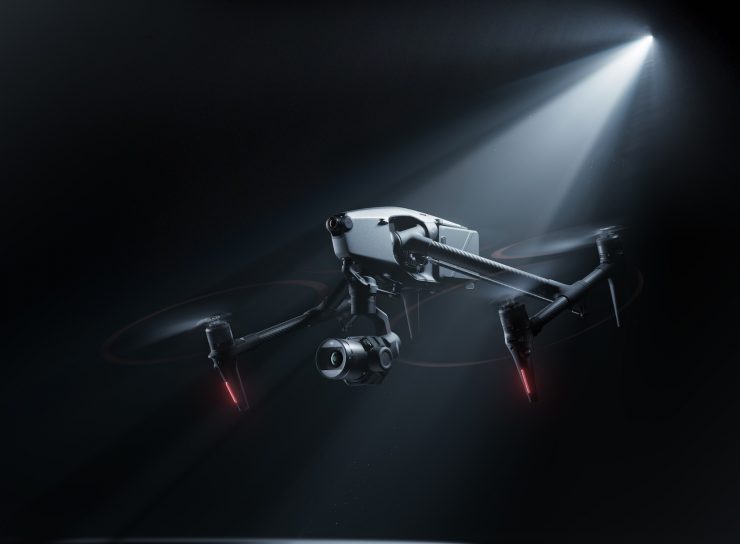
The Inspire 3 integrates high-precision RTK positioning technology already deployed in industries such as architecture and surveying to deliver centimeter-level accuracy. RTK not only makes flying more stable, but also flight-route planning more accurate, significantly improving creative efficiency.
The integrated 3 GNSS System (GPS + Galileo + BeiDou) is powered by built-in dual-layered ceramic RTK antennas and ensures precise flight maneuvers even in challenging environments. By activating the RTK network or setting up a D-RTK 2 Mobile Station users can achieve highly accurate positioning without mounting any additional modules. These also provide the Inspire 3 with internal orientation, eliminating the need for compass calibration in most scenarios.
Additionally, this feature enables the all-new Waypoint Pro function which enables flight-route and shot planning with a wide range of customized settings. Whether solo shooting or in a professional crew, Waypoint Pro masters even highly-complex scenes.
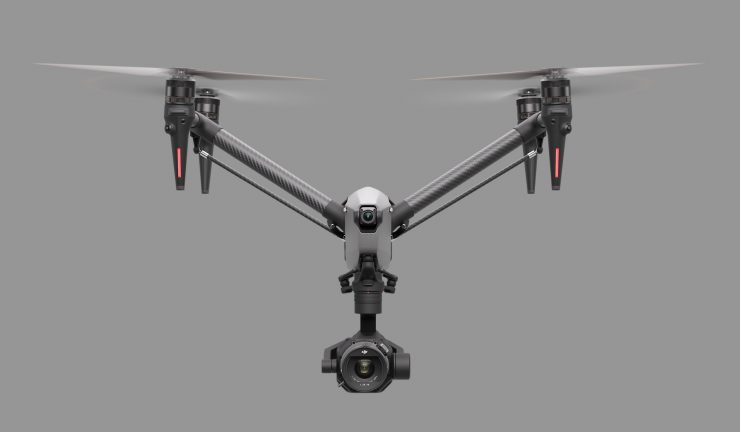
The Inspire 3 offers the following Waypoint Pro options:
Repeatable Routes: This gives pilots full control of precisely repeatable flight routes and maintains all preset parameters such as altitude, speed, gimbal angle, and camera settings. Repeating the same flight mission allows cinematographers to effortlessly perform difficult one-takes, or to fly at different times in the same place to easily create long-duration timelapses that capture transitions such as day to night or season to season.
3D Dolly: This mode can simulate a crane, cable cam, or a dolly while going far beyond the limitations of those devices. This feature allows the users to create an aerial motion path where the pilot can move back and forward along the path with adjustable speed and full gimbal control according to the needs of the shot. This makes complicated cinema-grade camera movements easier and more efficient and can deliver improved visual effects.
The new Spotlight Pro feature is based on powerful machine-learning algorithms and offers pilots single-object recognition and tracking, which allows them to entirely focus on the flight while the gimbal camera stays automatically focused on the subject. This enables them to shoot complex shots, even in single-pilot mode.
Most-Advanced Omnidirectional Sensing System to Date
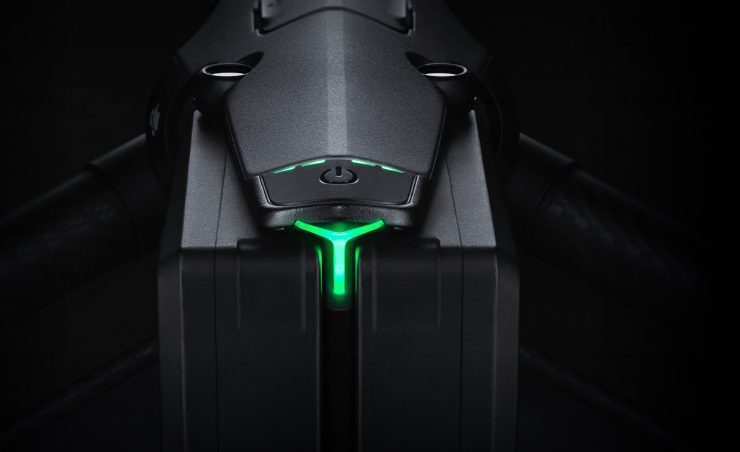
The Inspire 3 is equipped with nine visual sensors, which provide a robust omnidirectional sensing system that can detect obstacles in all directions and provide comprehensive protection for flying.
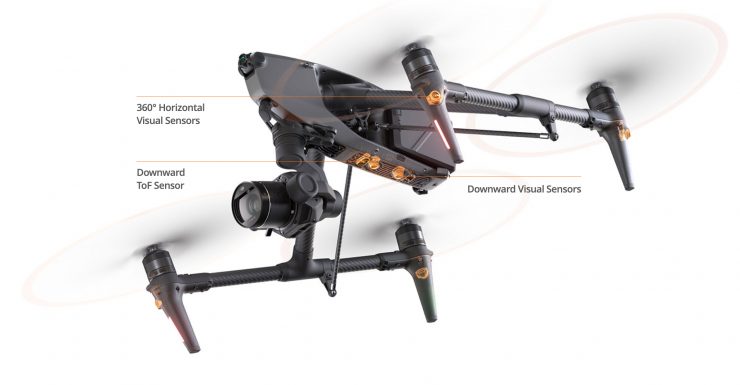
In addition, the Inspire 3 features a new customizable function to help ensure greater flight safety and more creative freedom. Horizontal, upward, and downward obstacle sensing can be enabled or disabled independently, and an obstacle alert range can be set manually to suit different scenarios.
When active avoidance is turned off, users can still view the distance from an obstacle on the navigation display in real-time and receive an audio alert when an obstacle is within a set range without the aircraft performing an automatic avoidance movement. This brings new possibilities to professional aerial teams that want to achieve more complex camera language.
Ultra-Wide Night-Vision FPV

The Inspire 3 offers an all-new 161° FOV ultra wide-angle FPV lens with a 1/1.8-inch night-vision sensor with 3μm pixel size and up to 1080p/60fps live feed that ensures a clear, stabilized, ultra-low latency view for situational awareness and additional flight safety, day and night.
Multi-Camera Timecode Sync
Through the 3.5mm port on the aircraft, you can sync timecode between equipment in the air and on the ground. When dealing with abundant footage from multiple cameras, timecode sync makes the editing process significantly more simplified and efficient.
O3 Pro Transmission
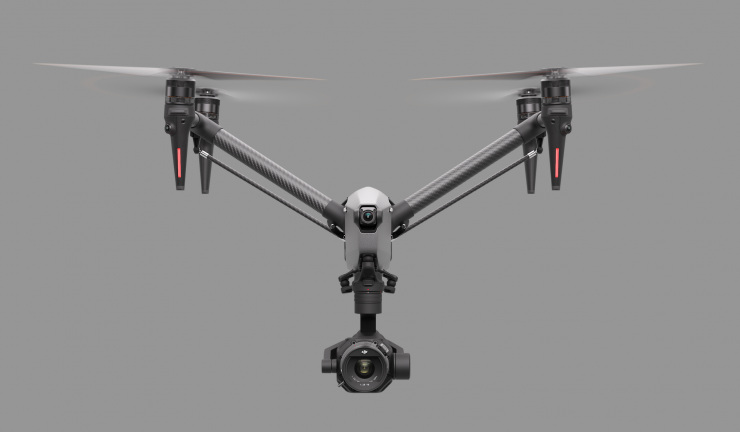
Taking a generational leap in transmission distance, latency and overall stability compared to its predecessor, the Inspire 3’s new O3 Pro Transmission enables a transmission range of up to 15 km with one controller and up to 12 km in dual-control mode. The reliable, high-quality live feed of up to 1080p/60fps has ultra-low latency of 90 ms. For the first time, the 4K/30fps live feeds are also supported with a reduced 5km transmission range to satisfy the need for an ultra-HD output and livestreaming on set.
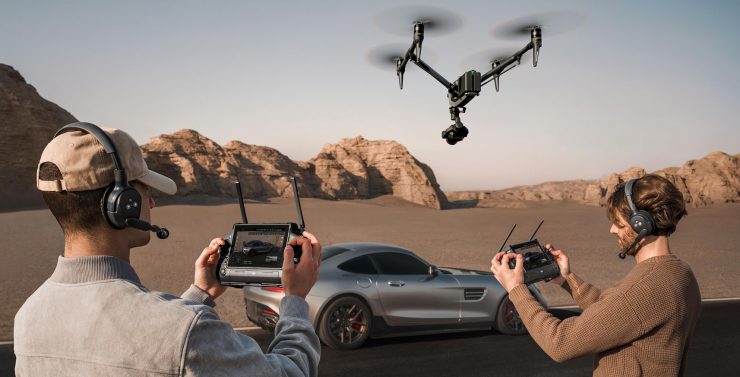
With the enhanced dual-control mode, two remote controllers can now receive transmission and control links from the drone independently, so the pilot and gimbal operator can be at different positions on set.
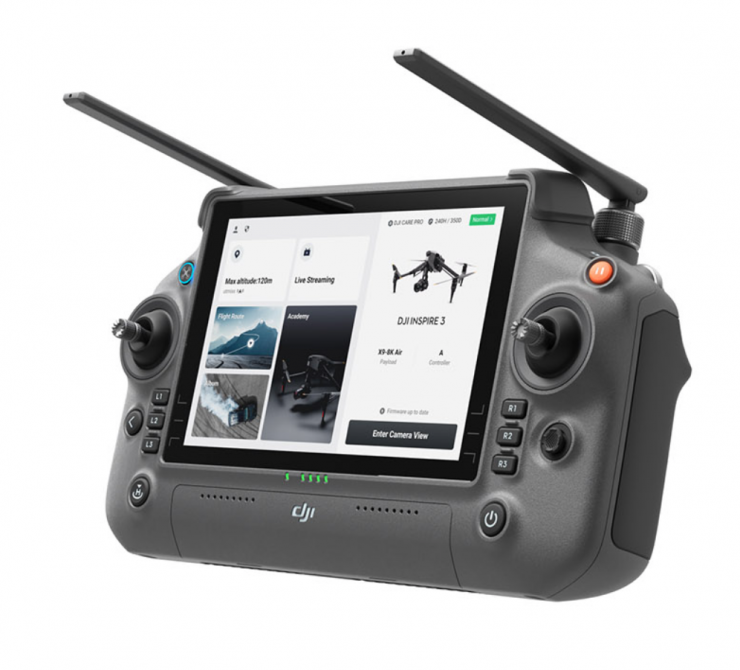
The Inspire 3 comes with the DJI RC Plus with a 7-inch 1,200-nit high-brightness screen to operate even in strong sunlight. The internal battery provides up to 3.3 hours operation time, and extends to 6 hours with an external hot-swappable WB37 battery. It also features an HDMI out port, along with customizable buttons and dials on the front, back, and top, which enable fast and intuitive operation. The installed DJI Pilot 2 app for Inspire provides users with a fast startup time and an intuitive user interface with easily accessible functions like the built-in health management system.
DJI Pro Ecosystem Integration
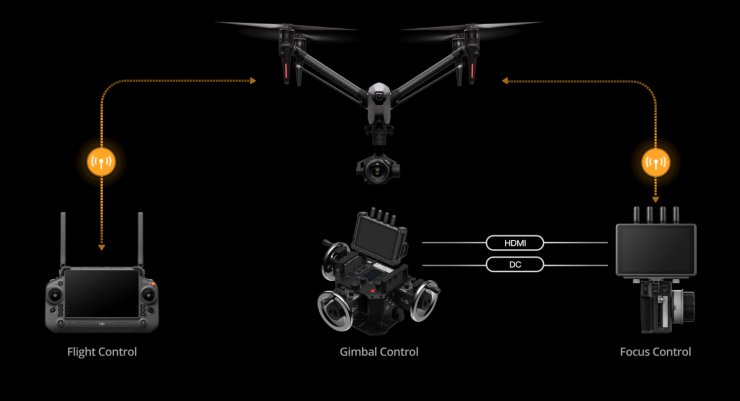
A major focus of the Inspire 3 is its seamless integration into professional film sets. It features Timesync Support through a 3.5mm jack for high-precision control on set. When dealing with abundant footage from multiple cameras, timecode sync makes the editing process significantly more simplified and efficient.
The Inspire 3 can be paired with one RC Plus and one High-Bright Remote Monitor. The monitor becomes a link to the DJI Pro Ecosystem, offering compatibility with products such as the DJI 4D Hand Grips and DJI Master Wheels. This type of gimbal control experience is on par with DJI Ronin 2 to meet the operating habits of cinematographers.
The DJI Three-Channel Follow Focus can also be connected to the RC Plus to enable Remote Focus and Iris Control on the Zenmuse X9-Air camera.
New Advanced Accessories
- The newly designed trolley case is equipped with an extendable handle, two side handles, and four 360-degree-movement wheels, making transitions and transportation effortless.
- New foldable quick-release propellers are easy to store and don’t require reinstallation before each flight.
- The new strap and waist support for the RC Plus remote controller can be used for more comfortable and efficient shoots.
- The all-new foldable battery charging hub strikes the optimum balance between charging efficiency and storage size. It can accommodate eight batteries and can charge two batteries to 90% simultaneously in just 35 minutes in fast charge mode, and to 100% in only 160 minutes .The included 65W USB-C port can also be used to charge an RC Plus.
DJI Care Pro
DJI Care Pro is now available for DJI Inspire 3, providing comprehensive protection for accidental damage. An unlimited number of free repairs are provided within the coverage limit for water damage, drop damage, improper use, and other accidents, together with two free replacements for new batteries each year and Flyaway coverage.
The DJI Care Pro 1-Year Plan (DJI Inspire 3) at $2,099 USD offers a coverage limit of $12,000 USD for one year. The DJI Care Pro 2-Year Plan (DJI Inspire 3) at USD 3,899 offers a coverage limit of USD $24,000 USD for two years. One Flyaway coverage per year helps you to save $10,499 USD for each replacement. For a full list of details, please visit: https://www.dji.com/service/djicare-pro
A long legacy
The Inspire series has a long legacy and it has now been around for almost 8.5 years.
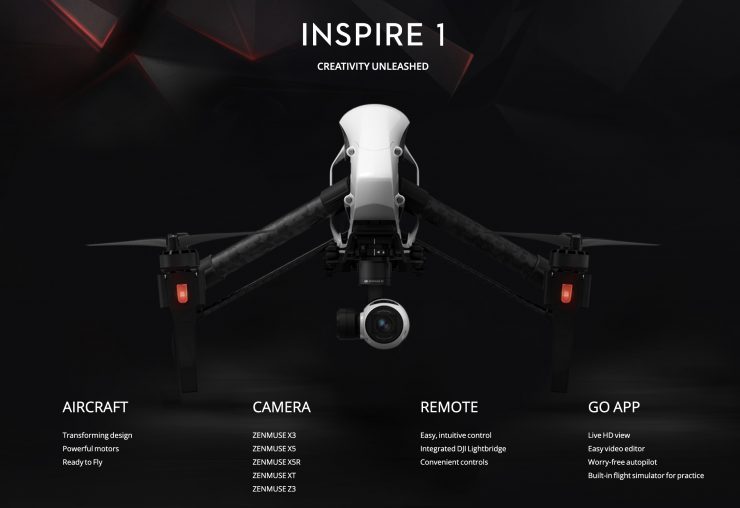
The original Inspire was announced way back in November 2014. Its main features were:
- 4K Camera: Shoot up to 4K video and capture 12-megapixel photos with the built-in Inspire 1 camera.
- Live HD View: See what your camera sees in real-time 720 HD, perfect the framing, and never miss a shot.
- New Remote Controller: Rebuilt with dedicated controls for the shutter, camera settings, and more. Optional dual-controller support allows you to fly with a friend and share your vision.
- Transforming Design: The strong carbon fiber arms lift out of sight, giving you a full, unrestricted 360⁰ view of the world below.
- New camera and gimbal system: Get crystal clear images with DJI’s most advanced camera to date. The gimbal holding your camera is the result of DJI’s years of expertise in camera stabilization, giving you smooth, stable footage in any flight conditions.
- Optional dual-operator control: Fly with a friend and share your vision. Achieve shots that never would have been possible alone by using two remote controllers. One person flies, while the other controls the camera.
- Vision positioning system: Flying indoors is easier than ever with Optical Flow technology that provides accurate position holding even when GPS is unavailable. The sensors determine your Inspire 1’s location and altitude and lower the legs automatically when landing.
- Modular, upgradeable system: Inspire 1’s gimbal and camera system can be removed from the aircraft for safe transport and future upgrades.
- Full-Featured App: Take complete control of your camera and flight system with a comprehensive mobile app.
- Intelligent power management system: A fully integrated intelligent battery powers your Inspire 1 and virtually manages itself.
When the original DJI Inspire launched toward the end of 2014 it was a revelation for those seeking to acquire good quality drone footage at a price that was much more affordable than any other option on the market. At the time DJI said they had designed the Inspire 1 to bridge the gap between hobbyists and Hollywood.
The Inspire 1 was initially available with a 1/2.3” sensor that had a fixed lens, and it could record at up to 25p in 4096 × 2160. It wasn’t till 2015 that DJI released the Zenmuse X5 and X5R camera modules, giving the Inspire 1 an interchangeable camera/lens system. It was certainly a big step up over the Phantom 2/3 and it instantly became the go-to drone for a lot of filmmakers who couldn’t afford to use much more expensive platforms.
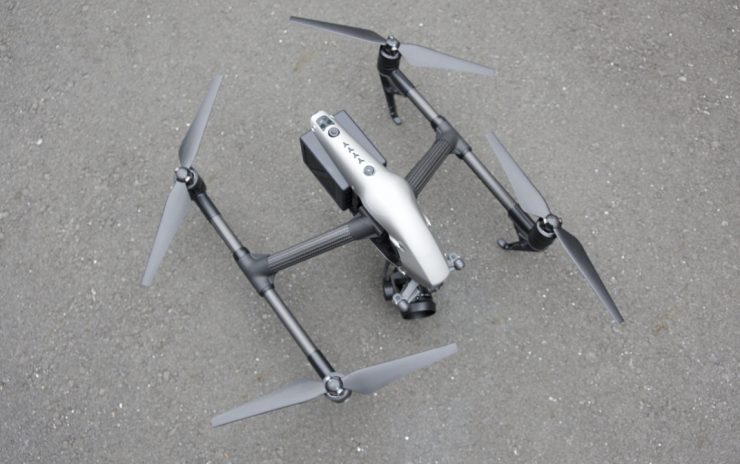
Step forward 3 years and DJI announced the new Inspire 2. DJI took what people liked about the Inspire 1 and improved on it.
Below you can see what some of the changes between the Inspire 1 and Inspire 2 were.
Camera & Image Processing
DJI designed an entirely new image processing system for the Inspire 2 called CineCore 2.0. This enabled you to record 5.2K CinemaDNG video at 4.2Gbps (if you have the CinemaDNG license). To capture all that data the Inspire 2 featured an onboard SSD. The top-of-the-range X5S camera features a micro 4/3 sensor with support for up to 10 different lenses, including zooms. Being able to use a wide variety of lenses was certainly a big selling point. An optional Apple ProRes license was also available that lets you record in all flavors of ProRes including 4444XQ. If you want to capture still images, there was a DNG RAW mode that allowed you to take 30-megapixel still images. For news crews or outside broadcast you could stream video in broadcast-quality formats.
Obstacle Avoidance System
Forward and downward vision systems enabled the Inspire 2 to detect obstacles up to 30 meters ahead, at speeds of up to 34mph (54kph)
at a controllable attitude angle of 25°. Upward-facing infrared sensors scan obstacles 16ft (5m) above, adding protection when flying in enclosed spaces. Obstacle sensing systems are active during normal flight, RTH and all Intelligent Flight Modes.
Speed
The Inspire 1 flew at speeds of up to 49 mph, while the Inspire 2 could do 58 mph or 94 kph (Sport mode). While this speed increase is not really that overly impressive, given that the Mavic Pro and Phantom 4 can also achieve similar speeds, the increase in acceleration was the biggest difference from the Inspire 1.
Longer Battery Life
With two batteries on the Inspire 2 it could fly for longer than the Inspire 1. According to DJI the operation time could reach 27 minutes on the Inspire 2, compared to 18 minutes on the Inspire 1
Color
DJI made the Inspire 2 matte black and grey instead of the shiny, reflective white of the Inspire 1. The Inspire 1 was highly reflective and filmmakers appreciated the darker matte color change.
Price
The Inspire 2 was considerably more expensive than the Inspire 1 once you kitted it out. The Inspire 1 originally retailed for $2,999 USD at launch, and while the Inspire 2 also started at that same price ($2,999 USD), that price didn’t include a camera or a gimbal. The basic 1-inch sensor, fixed lens Zenmuse X4S was an additional $600US. If you want to move to the Zenmuse X5S that is $1,899 USD. If you purchased the Inspire 2 Premium Combo that included an Inspire 2, Zenmuse X5S, and the CinemaDNG and Apple ProRes licenses it would have cost you $6,198 USD.
Price & Availability
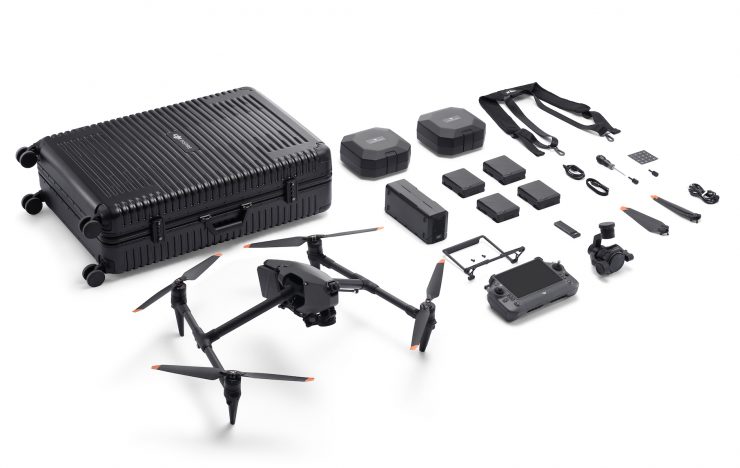
DJI sort of put itself between a rock and a hard place with the Inspire 3. Because they already sell the Mavic 3 Cine Premium Combo for $4,999 USD, the price of the Inspire 3 was always going to have to be high.
The DJI Inspire 3 is priced at $16,499 USD. This is a massive jump in price from the Inspire 2 when you consider an Inspire 2 Premium Combo that included an Inspire 2, Zenmuse X5S, and the CinemaDNG and Apple ProRes licenses cost $6,198 USD.
The Inspire 3 certainly isn’t being targeted at the casual drone user. This is going to primarily be a drone for high-end owners/operators and companies offering drone services.
The Inspire 3 will be available for purchase from store.dji.com and from authorized retail partners by the end of June. The combo includes the DJI Inspire 3 Aircraft, Zenmuse X9-8K Air Gimbal Camera, RC Plus remote controller, 6x TB51 Intelligent Battery, Charging Hub, PROSSD 1TB, Trolley Case, 3x Foldable Quick-Release Propellers (Pair), Lens Carrying Box, RC Plus Strap, and more.
Additional accessories will also be available for purchase such as:
- DJI DL 18 mm F2.8 ASPH Lens (New) for $1,299 USD
- DJI DL 24/35 mm F2.8 LS ASPH Lens for $1,299 USD
- DJI DL 50 mm F2.8 LS ASPH Lens for $1,199 USD
- DJI DL Lens ND Filters Set for $349 USD
- CinemaDNG & Apple ProRes RAW License Key for $979 USD and only available for purchase from store.dji.com
- DJI RC Plus Remote Controller for $1,600 USD
- DJI RC Plus Strap and Waist Support Kit for $99 USD
- DJI RC Plus Height Adjustable Control Sticks for $19 USD
- DJI Inspire 3 Foldable Quick-Release Propellers (Pair) for $69 USD
- DJI Inspire 3 Foldable Quick-Release Propellers for High Altitude (Pair) for $89 USD
- DJI Inspire 3 Propeller Guard for $349 USD
- DJI TB51 Intelligent Battery for $349 USD
- DJI TB51 Intelligent Battery Charging Hub for $899 USD
- DJI TB51 Intelligent Battery Charging Hub AC Cable for $19 USD
- DJI PROSSD 1TB for $799 USD
- D-RTK 2 Mobile Station for $3,600 USD
- D-RTK 2 High Precision GNSS Mobile Station – Tripod for $250 USD
- D-RTK 2 Mobile Station Power Adapter Cable for $57 USD
- D-RTK 2 Mobile Station LAN Cable for $38 USD

